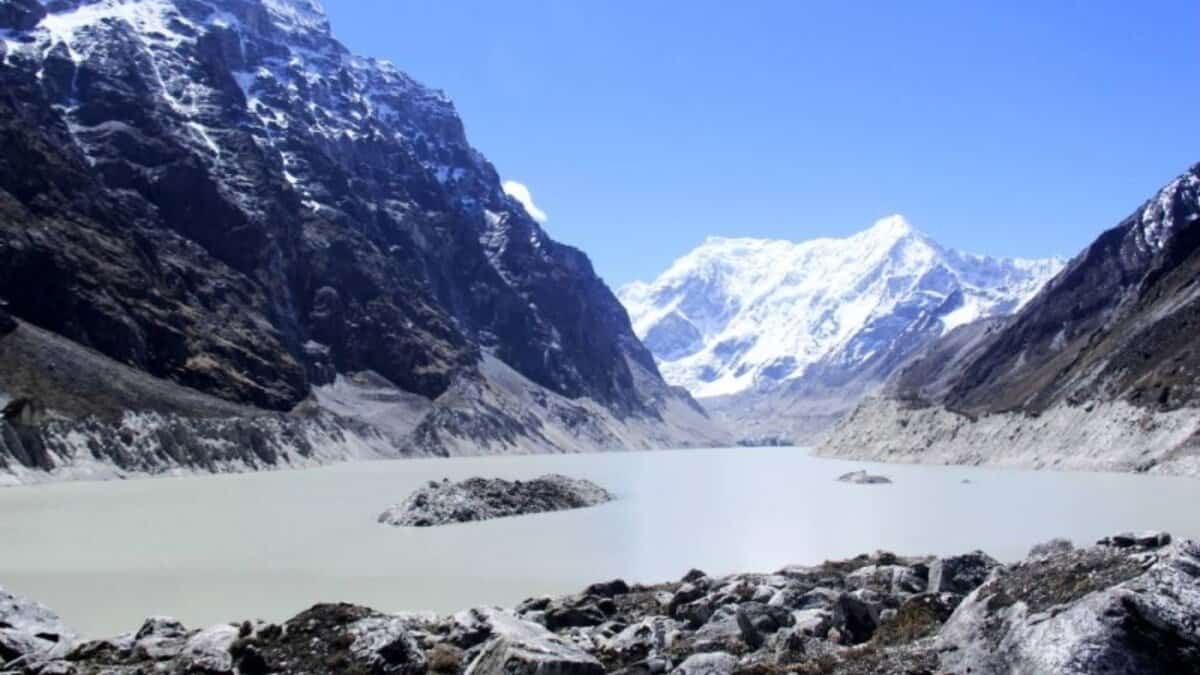
Kathmandu: Forty-two glacial lakes in Nepal have been identified as being at critical risk of bursting, according to experts.
A potential glacial lake outburst flood could result in massive loss of life and severe damage to infrastructure, International Centre for Integrated Mountain Development (ICIMOD) expert Sharad Prasad Joshi warned on Friday during a discussion held in Khandbari, the headquarters of Sankhuwasabha district.
A glacial lake is a body of water that originates from a glacier. It typically forms at the foot of a glacier, but may form on, in, or under it.
Joshi said an ICIMOD report titled ‘Risks Arising From Rapid Changes in Nepal’s Glaciers and Glacial Lakes’ had classified 42 of the 2,069 glacial lakes across the country as “highly at risk”, all located in the Koshi province.
In Sankhuwasabha, four glacial lakes, including those in the Bhotkhola and Makalu areas, have been listed as high risk, he said.
The Tallopokhari glacial lake in the lower Barun area has been identified as the most vulnerable. The lake is about three kilometres long and around 206 metres deep, with surrounding depths ranging from 15 to 25 metres.
ICIMOD, in collaboration with the Department of Hydrology and Meteorology and UNDP Nepal, is developing risk-reduction measures for the four high-risk lakes, Joshi said, underscoring the need for greater vigilance and preparedness.
A large pond in the lower Barun area has also been included in the mitigation initiative.
Joshi warned that a lake burst could endanger several settlements and infrastructure in the Arun Valley. In addition, 13 glacial lakes originating in Tibet could pose threats to the province’s northern areas, he noted.
Speaking at the event, another ICIMOD expert, Neera Shrestha Pradhan, said women, children, and the elderly are often the most affected during disasters.
She said the organisation is implementing programmes to raise awareness and strengthen the capacity of these vulnerable groups.



